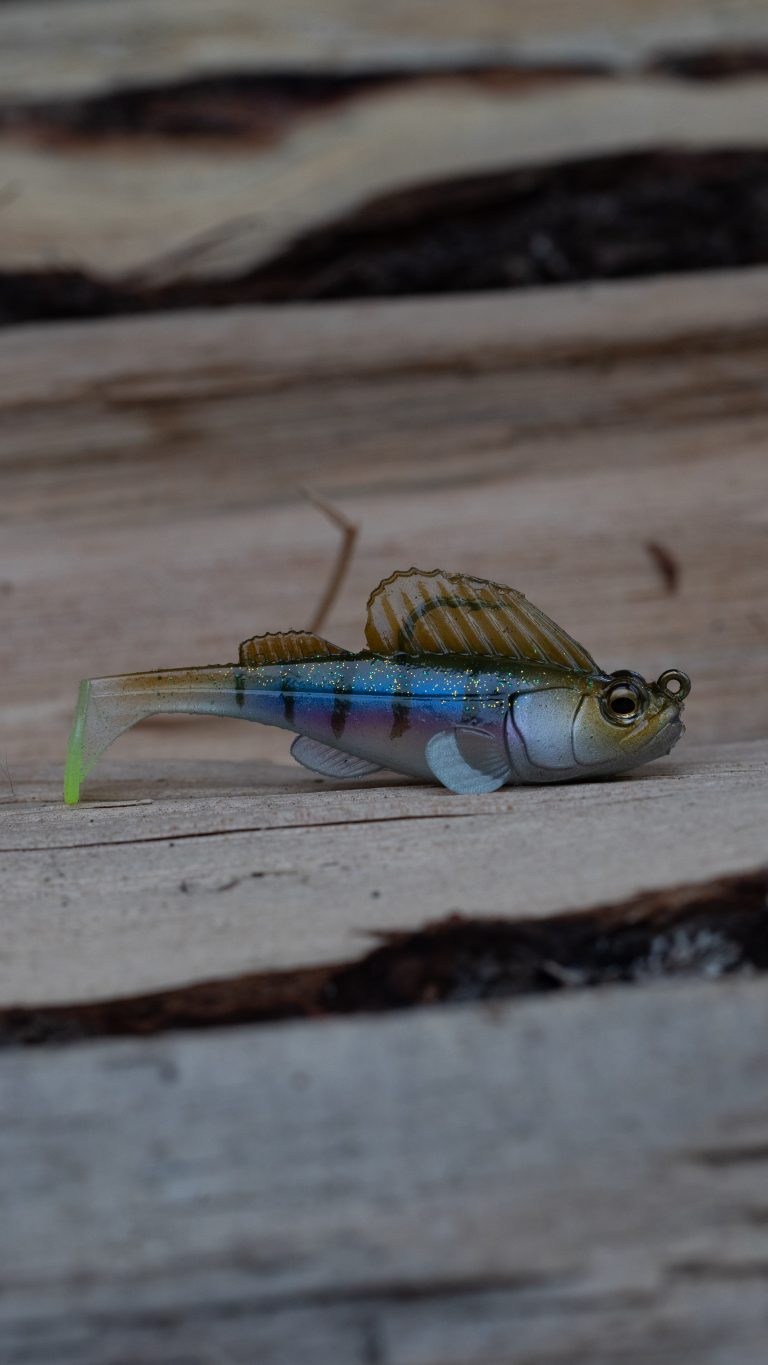How to Fish Crankbaits in Cold Clear Water for Early Season Success
There’s no better tool for covering water in the early season than a squarebill crankbait. But sometimes, in cold springtime conditions, the traditional hard-charging, wide-wobbling baits can be too aggressive for finicky bass. That’s when Elite Series pros Chris Zaldain and Luke Clausen switch things up, turning to tighter-wobbling crankbaits that get the job done without overwhelming the fish.
Why Crankbaits Excel in Cold Spring Conditions
In those early spring days when the water is cold and clear, bass are just starting to move up, and subtle presentations can make all the difference. As Zaldain puts it, “That tight wobble just seems to work better in colder water when fish are starting to move up.” He uses it as his “temperature probe,” seeking out the warmest water he can find—even if that means a little more stained water, more sediment, or targeting northern banks. “I also like to crank tire reefs around marinas because bass love to spawn in marinas, and all of that black rubber holds a lot of heat,” he says.
The Importance of Deflection Without Overkill
Why not just throw a spinnerbait, vibrating jig, or swimbait instead? Clausen believes it’s because crankbaits excel at deflecting off cover in a way that other baits can’t quite replicate. “You don’t necessarily want it to be so violent,” he explains. “You have to figure out how much deflection you want.”
He also points out a common mistake anglers make when fishing crankbaits: stopping when they hit cover. “You’ll get hung up less if you keep it moving. You need to build that load into the rod. It’s a mistake to slow it down,” Clausen says. While he has used these tight-wobbling crankbaits along grass edges, he believes they really shine around hard cover—like stumps, dock posts, and rock piles.
How to Fish Crankbaits Around Key Cover
As bass start moving up in early spring, Zaldain focuses on flats in the backs of major creek arms. His approach is simple but effective: “Bump the crankbait off as many stumps as possible.” For this presentation, he prefers crankbaits with a circuit board lip, like the ones found on old-school homemade lures. But he demands that these lures run true straight out of the box. “If I want something that ‘hunts,’ I’ll go with the S-Crank,” he says. “The Knuckle LD has a very consistent dive angle and a tight wobble.”
Dialing in Retrieve Speed and Conditions
Retrieve speed and water temperature go hand in hand when fishing crankbaits in cold water. Clausen says anglers should keep their retrieve “at a constant pace, slightly slower in the 40s, and a little faster in the 50s.” Even if the temperature stays in the 40s from morning to afternoon, a slight increase of just four degrees can make bass more active. In very clear water, Clausen will speed up his retrieve to avoid giving the bass a good look at his lure.
He also shared a handy tweak for fishing clear, calm conditions: swapping out the factory trebles for 2X versions. It’s a small change that helps the bait get a little bit deeper and stay down longer, giving you an edge in ultra-clear water.
Choosing the Right Gear for Cold Water Crankbaits
Gear choice is another area where Zaldain and Clausen have refined their approaches to cold water cranking.
Clausen typically fishes the Knuckle LD on 10-pound test Gamma Edge Fluorocarbon, or even drops to 8-pound when he wants to get a little deeper. He relies on the Megabass Orochi XX Flat Side Special, a 7-foot medium-action rod that handles the full range of line choices he uses. When he’s burning the bait for smallmouths, though, he switches it up to the Orochi XX Jerkbait Special—a 6’8” medium-heavy rod that has “some more load to it. It forgives a little more,” he explains.
Zaldain, on the other hand, prefers a fiberglass or fiberglass-like rod for cold water cranking. He usually spools up with 15-pound Seaguar InvizX fluorocarbon and pairs it with the Megabass Destroyer Tomahawk GTA, a 7-foot glass rod. “You want it to be delayed,” he says. “You don’t want that graphite feel, so you can deflect the bait off of hard cover. Otherwise you’ll want to hook set on every piece of cover. With this rod, you just wait until it loads up.”
Keep Crankbaits Ready After the Spawn
As the water warms and bass transition to the spawn, these tight-wobbling, cold-water crankbaits still have a place in your lineup. Smallmouths, in particular, will “absolutely annihilate them on a blazing fast retrieve,” making them a versatile tool to have tied on well into the post-spawn period.
When fishing cold, clear water in early spring, the right crankbait—paired with the right rod, line, and retrieve speed—can turn a slow day into a stellar one. Keep your confidence up, stay in tune with those subtle changes in water temperature, and keep those tight-wobbling plugs bouncing off the cover. You’ll be surprised how well they work when other baits fall short.







